Changes over time
Long-term changes in habitat stability and quality were based on observable changes over the four preceding monitoring years. If a site was identified with marginal habitat quality for three or four consecutive years and then was graded poor quality in the last monitoring year, then a negative change was attributed. However, caution was given when interpreting results because the subjectivity of the surveyor conducting the assessment can provide a different grading for a site (either positive or negative) when in reality no such change has occurred. For example, when comparing grades across all sites for all years (Table 4 andTable 5) it appears the surveyor in 2010 graded harder than in other years.
Summary tables showing the stream stability and habitat quality scores are listed in Appendix 3: Changes observed for Habitat Stability – 2012 and Appendix 4: Changes observed for Habitat Quality – 2012.
Pfankuch stability index
Figure 10 and Figure 11 show Pfankuch stability index scores for sites that have three or more years' data (30 of 35 sites).
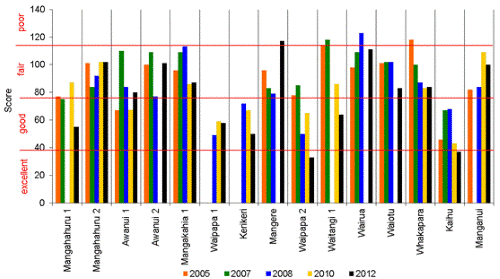
Figure 10: Pfankuch stability index scores 2005-2012
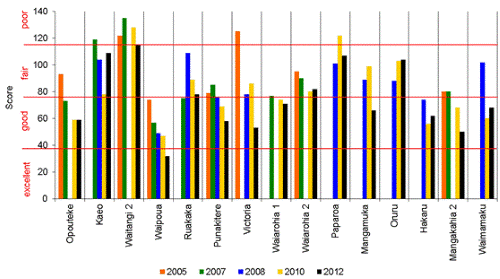
Figure 11: Pfankuch stability index scores 2005-2012 continued
Between 2010 and 2012 stability improved at eight sites. Four of these sites – Mangahahuru 1, Waitangi 1, Victoria and Mangamuka – went from a fair to a good stability, three – Waipapa 2, Kaihu and Waipapa 1 – went from good to excellent and one – Paparoa – went from poor to fair. In contrast, stability deteriorated at one site – Awanui 1 – going from a good to a fair stability.
Since 2005, habitat stability changed at 20 sites, with one site – Ngunguru – being assessed for the first time in 2012. Out of the 20 sites, stability improved at 10 – Waipoua, Waipapa 2, Kaihu, Mangakahia 2, Mangahahuru 1, Oputeke, Punakitere, Waimamaku, Waiarohia 1 and Kaeo – and deteriorated at two – Ruakaka and Awanui 1. At eight sites – Victoria, Waitangi 1, Waipao, Mangamuka, Ngunguru, Whakapara, Utakura and Mangere – the results were inconclusive due to insufficient data and/or surveyor bias.
The largest change was at Waipapa 2 which improved from fair to excellent habitat stability. The Waipoua and Kaihu Rivers also improved from good to excellent. Other sites including Mangakahia 2, Punakitere, Waimamaku and Waiarohia 1 improved from fair to good stability. Degrading trends were observed at two sites – Ruakaka and Awanui 1 – going from good to fair stability.
Trend results are presented in Table 4 below. Increasing arrows and green smiley faces indicate an improving trend, decreasing arrows and red frowning faces indicate a deteriorating trend and double arrows and orange faces indicate no trend and/or no change during the overall 2005-2012 period. Question marks indicate inconclusive trends.
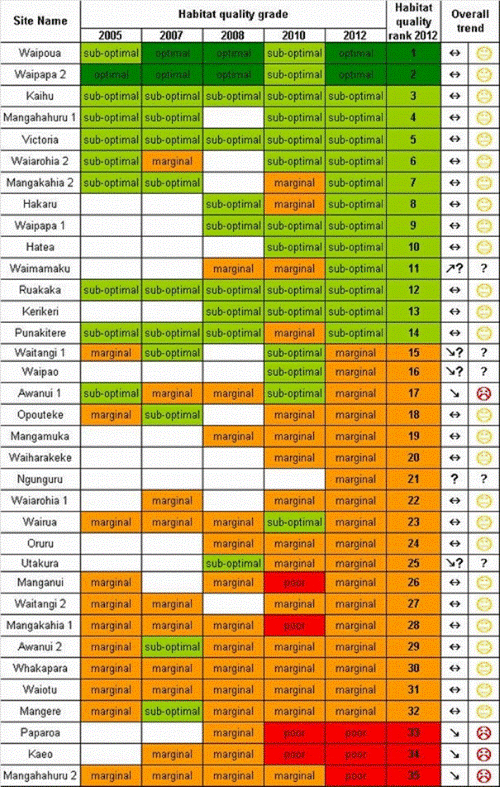
Table 4: Habitat stability trends 2005-12
Habitat quality
Figure 12 and Figure 13 show habitat quality scores for sites that have three or more years' data. Hence, of the 35 sites assessed, only 31 are represented.
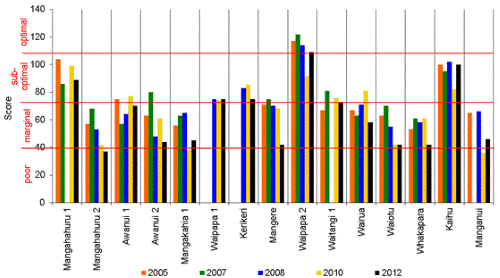
Figure 12: Habitat quality scores 2005-2012
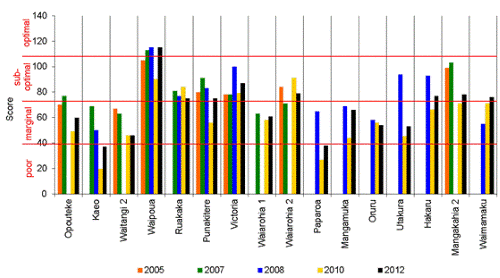
Figure 13: Habitat quality scores 2005-2012 continued
Between 2010 and 2012 habitat quality improved at eight sites. Four of these sites – Punakitere, Hakaru, Mangakahia 2 and Waimamaku – went from a marginal to a sub-optimal habitat quality, two sites – Waipoua and Waipapa 2 – went from sub-optimal to optimal and two – Mangakahia 1 and Manganui – went from poor to marginal. However, habitat quality deteriorated at four sites. Three sites – Awanui 1, Waitangi 1 and Wairua – went from a sub-optimal to a marginal habitat quality; and one site – Mangahahuru 2 – went from marginal to poor.
Since 2005, habitat quality changed at eight sites, with one site – Ngunguru – being assessed for the first time in 2012. Out of the eight sites, habitat quality improved at no sites and deteriorated at four – Awanui 1, Paparoa, Kaeo and Mangahahuru 2. At five sites – Waimamaku, Waitangi 1, Waipao, Ngunguru and Utakura – the results were inconclusive due to insufficient data and/or surveyor bias.
Degrading trends were observed at Paparoa, Kaeo and Mangahahuru 2 (marginal to poor habitat quality), and Awanui 1 degraded from sub-optimal to marginal habitat quality.
Trend results are presented in Table 5 below. Increasing arrows and green smiley faces indicate an improving trend, decreasing arrows and red frowning faces indicate a deteriorating trend and double arrows and orange faces indicate no trend and/or no change during the overall 2005-2012 period. Question marks indicate inconclusive trends.
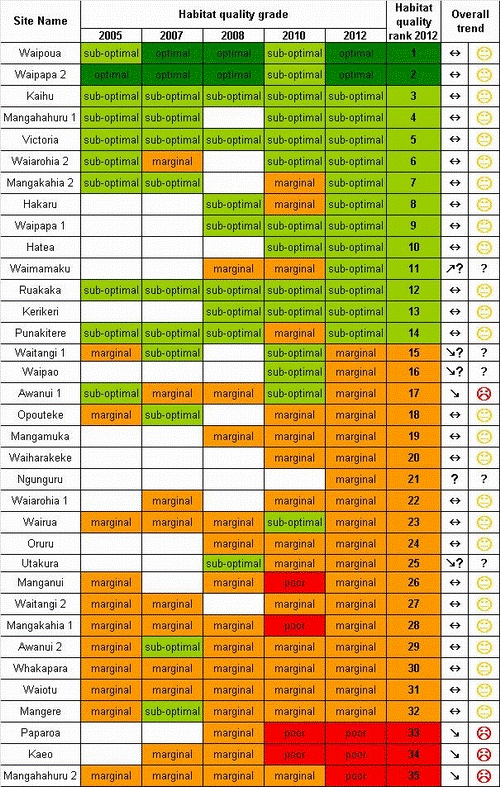
Table 5: Habitat quality trends 2005-12
